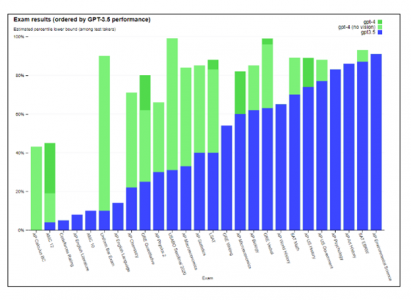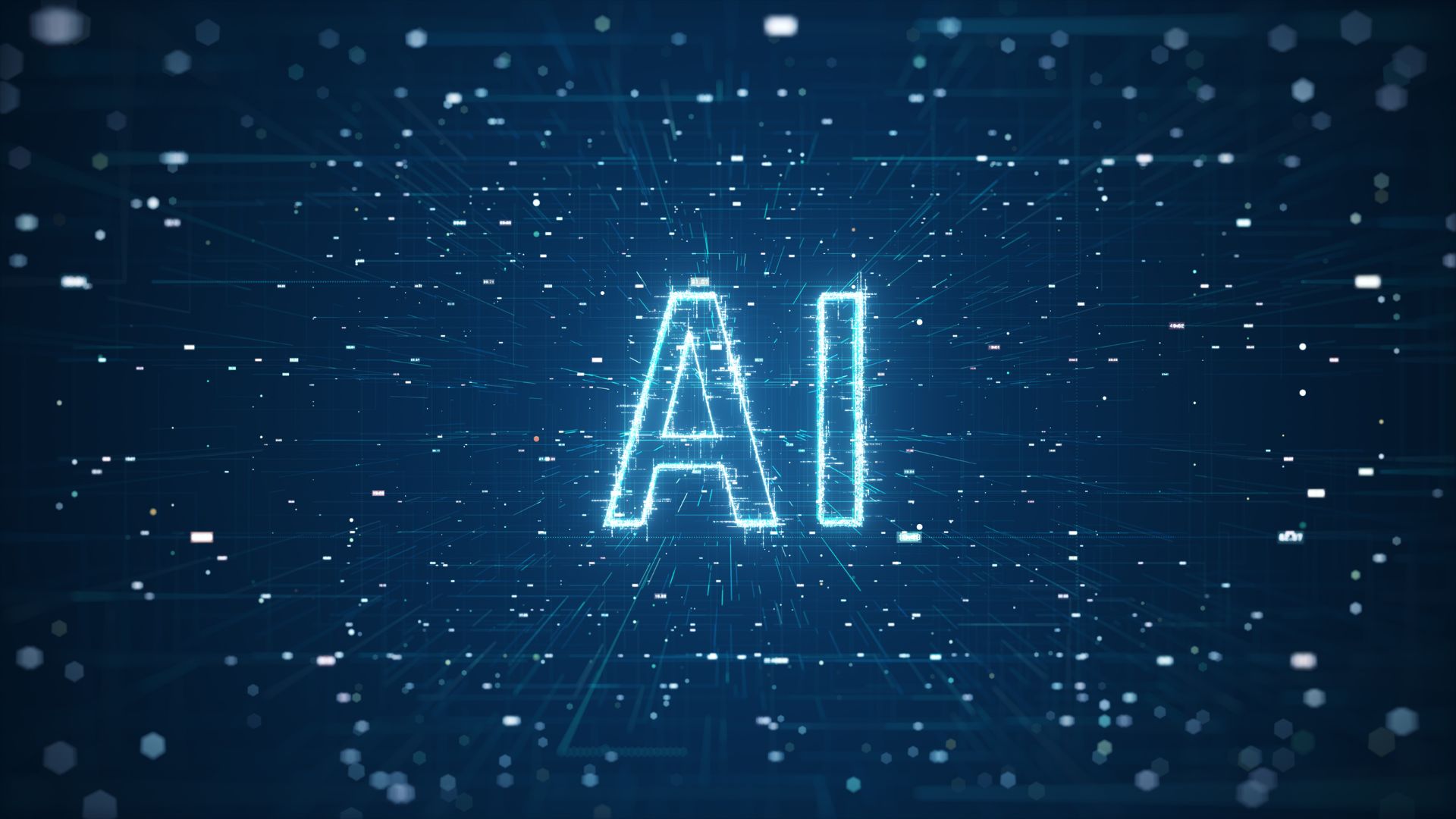AI: The Story is Just Beginning
Artificial intelligence has been part of the academic vernacular since the 1950’s, when computer scientist John McCarthy coined the phrase while developing Lisp, the second oldest programming language still in use. After experiencing several waves of optimism, the term exploded into the mainstream on 11/30/22 (The Machines Year Zero) when software developer OpenAI released ChatGPT-3.5, a type of large language model. Following its launch, ChatGPT-3.5 acquired 1 million users in just 5 days, the fastest ever to reach this milestone. By comparison, it took Instagram 2.5 months to reach 1 million downloads and Netflix needed 3.5 years to garner 1 million users. According to Bloomberg, the word “AI” was mentioned roughly 1,600 times by US and European firms during their Q1 earnings conference calls while Google CEO Sundar Pichai and other presenters mentioned AI 143 times at its I/O developer conference in May.
What is Generative Artificial Intelligence (GAI)? Let’s ask the expert, ChatGPT.
ChapGPT:
Generative AI, also known as generative artificial intelligence, refers to a branch of artificial intelligence focused on generating new content, such as images, text, music, or other forms of creative output. It involves using machine learning models to learn from existing data and then generate new content that resembles the training data.
Generative AI has found applications in various fields, including art, music, gaming, design, and content creation. It has sparked interest and creativity by enabling the generation of novel and unique content that can be used for a wide range of purposes. Ongoing research is focused on improving the robustness and control of generative AI models.
While the concept of AI has been around for decades, the factors behind the recent emergence of GAI as a practical application were the availability of large quantities of computing power and the innovation used to train large language models. In 2017, a team at Google introduced the use of Transformers, a tool that excels at understanding and generating language. Along with the use of transformers, models were designed with the capacity for self-supervised learning and the ability to effectively train themselves. The combination of these factors unlocked the scalability and accuracy of predictive language models. To get a sense of how well the model functions and how quickly performance has improved, they were tasked with completing a series of exams designed for humans using sequential versions of ChatGPT, gpt-3.5 and gpt-4 (launched 3/13/23). The results were impressive.

The power of these models is only beginning to impact society, but the potential to disrupt a broad range of industries should not be underestimated. This is due largely to GAI’s enablement of machine-human communication and its ability to produce content that is virtually indistinguishable from humans. According to a report from Goldman Sach, “generative AI could expose the equivalent of 300 million full-time jobs to automation.” A study by OpenAI (GPTs are GPTs: An Early Look at the Labor Market Impact Potential of Large Language Models; 3/27/23) found that around 80% of the US workforce could have at least 10% of their work tasks impacted by GAI, while approximately 19% of workers could see as much as 50% of their responsibilities affected. Use cases illustrating the effectiveness of AI abound, with research reporting significant increases in productivity across applications. Examples include a 14% increase in productivity for customer service agents at a Fortune 500 software firm and a 30-50% jump in productivity for software engineers using Github Copilot, a generative AI assistant for code writing.
One key question that has yet to be answered is how this revolutionary technology will affect the composition of the labor force. Previous examples of technological breakthroughs, such as the agricultural, industrial, and internet revolutions, witnessed significant increases in labor productivity and standards of living. This occurred despite similar threats to large swaths of the labor market, particularly those in higher-wage, skilled knowledge roles. Displaced workers often migrate to new jobs, many of which emanate from the new technology, causing living standards to rise. A 2020 report from MIT (The Work of the Future: Building Better Jobs in an Age of Intelligent Machines – 11/2020) revealed that more than 60% of jobs done in 2018 did not exist in 1940.
Arguably, the technology could not come at a better time. COVID has accelerated the ongoing decline in labor availability. Indeed, growth in the U.S.’ and other developed economies’ workforces are in secular decline. Partially due to the Great Retirement of baby boomers, the labor force participation rate has been falling since the turn of the century. As a result, companies must find a way to get more out of their workforce.
While it may take some years for the benefits of AI to be fully realized, the stock market is already reacting. As in prior episodes of technological innovation, investors have rushed to determine the ultimate winners and losers. So far in 2023, AI-related stocks have accounted for nearly all the returns of the S&P 500. These gains have come largely from mega-cap companies that are better able to fund the massive staffing and research initiatives required to develop large language models. This is different from previous tech booms, which were led by small, generally unprofitable startups. Indeed, the top 10 holdings in the Roundhill Generative AI & Technology ETF (NYSE Arca: CHAT) have an average market cap of $1.1 trillion and returned 65% YTD compared to a 4% return for the average stock in the S&P 500. While valuations of these stocks appear tame compared to the record breaking levels witnessed in the late 1990’s, at 40x next year’s earnings, they command a premium to the overall market, suggesting that investors are already discounting future profits from their AI endeavors.
We urge investors to exercise restraint when considering investments in AI. Few of the early internet success stories remain today, and many of the ones that do trade below their dot-com-era valuations. Recall that the biggest winners from the internet era were users, such as retailers and media companies, rather than enablers like the internet service providers and web browsers.. In the future, we believe that the AI story will similarly be about those companies and entrepreneurs that found ways to leverage the technology to solve seemingly insurmountable problems. While many have visions of SkyNet becoming self-aware or pleadings for HAL to “open the pod bay doors”, I, for one, look forward to the efficiencies gained from the careful rollout of AI.
